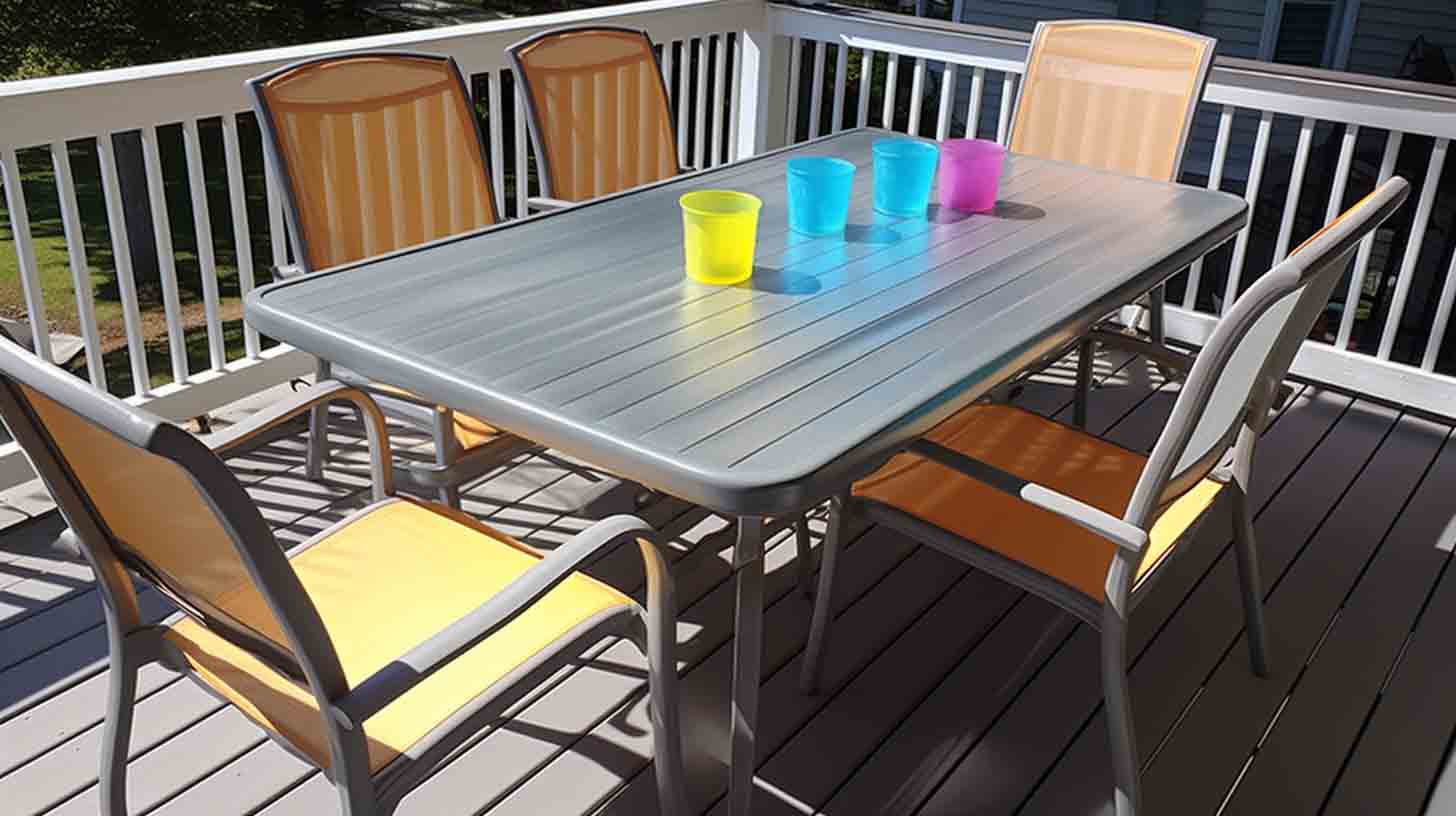How to Spray Wood Furniture.
Mar 15, 2024

How to Spray Wood Furniture.
Hey there, Are you looking for the best spray for Wood Furniture? Do you want to spray in your old wood Furniture? So don’t panic. You can easily update and modify your wood furniture very inexpensively. Today We’ll provide you with effective and easy steps on how to spray wood furniture.
In each home, you can see every storeroom floating around their outdated furniture. they’re well-made or they may have sentimental value, but their color or finish is outdated. Updating these pieces of wood furniture with paint is inexpensive and is a very satisfying step.
Some Steps for Spray Old Wood Furniture:
These days are not available, you have to meticulously hand-paint old wooden chairs, tables or Sofa, ensuring that all coats are even without brush lines. You can now add a fresh layer of color to any surface in as little as a few minutes through the use of spray paint. While it may take a few trial runs before you can perfect the art of spray painting, it will most definitely save you both time and money, guaranteeing seamless results.
Step # 1: Prepare your areas:
The first thing you need to do is find a suitable workspace and prepare the area for spraying. Although aerosol cans are safe for home use, they contain chemicals that can be potentially harmful if inhaled. For this reason, spraying in open spaces such as gardens is ideal. If spraying indoors is unavoidable, it must be done in a well-ventilated area. A spray mask should be worn at all times for additional protection from fumes. Spray cans are very powerful and the surrounding area must be well protected. Whether you're spraying the floor or a flat surface, cover the room with materials you don't mind getting paint on, such as old bed sheets, tarps, or dust sheets.
Step # 2: Separate all Hardware
To ensure a seamless finish, remove all fittings and fabrics such as: Example: Furniture chair cushions. Use a screwdriver to remove all hinges, screws, handles, and knobs. Be especially careful not to damage or split the surrounding wood.
All hardware can be placed in a small resealable bag and set aside to prevent the loss of small parts. If spraying large pieces of furniture, such as dressers or closets, remove drawers and shelves and paint separately. It's much easier to spray each component individually than to tackle the entire device. When upcycling a cushioned wooden chair, you should also consider reupholstering the fabric elements. Complete instructions on how to do this can be found at The Spruce.
Step # 3: Clean your Furniture
Clean the furniture After disassembling the furniture, prepare the surface for spraying. First, wash the wood with a solution of hot water and a few drops of dish soap. Wipe the surface with a soft, non-abrasive cloth. If the area is covered with a particularly stubborn layer of dirt, you can use a slightly stronger solution to break up the particles. Wipe the surface with a mixture of 1 part lemon juice and 2 parts olive oil. Be careful not to over-soak the wood as this will prolong the drying process. On average, you should only spend 2-3 hours letting the surface dry before moving on to the next step.
Step # 4: Sand the Surface
Sanding the Surface Almost all wooden furniture surfaces are shiny. Although this looks nice, it will interfere with spray paint adhesion and must be removed. Shiny surfaces must be sanded to dull the luster of the wood and create a rough surface to which paint will adhere. First, use 150-grit sandpaper to gently remove the outer layer in a circular motion. We recommend sanding each section for up to 5 seconds. It may seem like a short amount of time, but it leaves the surface matte without damaging the wood or creating any unevenness.
Step # 5: Remove Dust and Debris
A quick and easy step, but one that is often forgotten. After sanding all parts of your furniture, be sure to remove all dust and dirt from the surfaces. If you don't remove stray particles, small bumps will appear under the paint. Tack cloths are a great way to remove dust and dirt without getting the surface wet. The sticky coating makes it easy to pick up loose particles in just a few seconds.
Step # 6: Start Spraying
Once you feel confident that you have the knack spray. You can move into transforming your furniture. Always spray at leat 10 inces aways form the wood and maintain steady.
It is you choice whether you spray in an up and down motion or side to side. Both of which are equally as effective.
Which is Better to Paint or Spray Wood?
Both methods are reliable, inexpensive, and can result in a beautiful finish.
How to Spray Paint Do I Need?
If you want to use spray paint for your wood furniture, you will need to determine how much spray paint to buy. It’s never fun to be mid-project and run out of paint! For my small table, I used one and
a half cans of spray paint. Each can of paint will include how much coverage it will provide on the back of the can. Make sure to measure your piece and buy accordingly!
It is important to right preparation, including removing hardware, cleaning with a Cleaner, brushing, and using a cloth for shiny surfaces. The guide recommends light sanding to ensure the paint is well, followed by wiping away dust with a lint-free cloth. It suggests applying Rust-Oleum 2X Ultra Cover Spray Primer before using spray paint for a smoother and longer-lasting finish. The instructions on the paint can, such as shaking before use, spray distance, and drying times between coats, are highlighted. The page also mentions the versatility of spray painting for unfinished or previously stained/painted wood furniture. Overall, the guide provides a step-by-step process for DIY enthusiasts to breathe new life into old wood furniture through spray painting.
Outmaker Instagram Network








